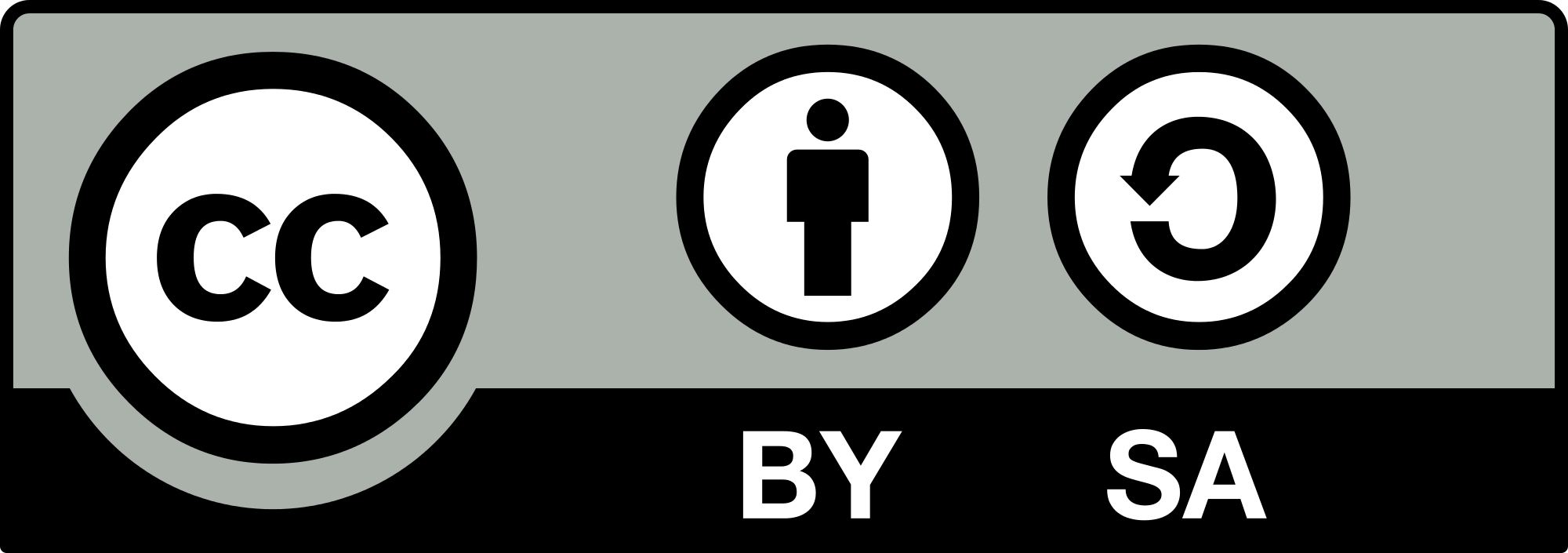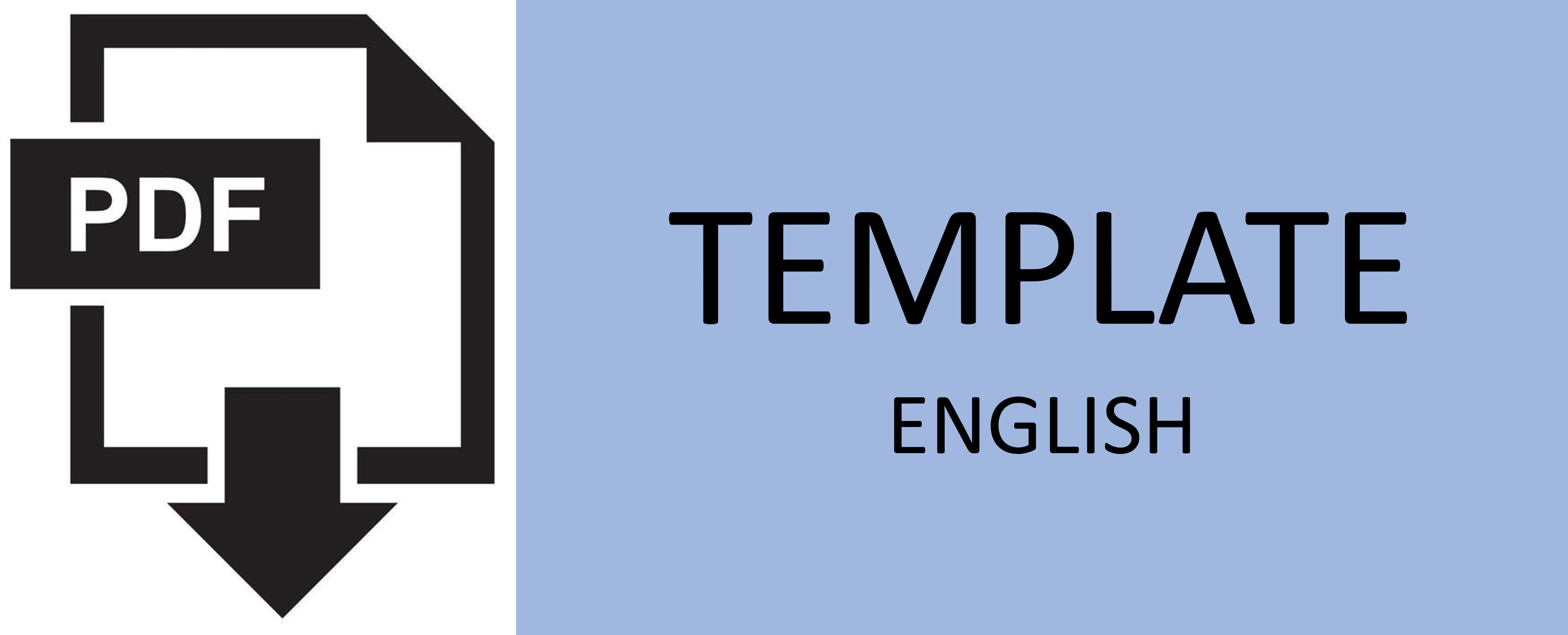Optimizing Freight Train Operations A Case Study of Junction Planning at JIIPE
Abstract
Keywords
Full Text:
PDFReferences
Y. Supriyanto, “MELESAT DI JALUR DARAT – KA BARANG JADI PILIHAN,” Majalah Bisnis Indonesia WEEKLY, Jakarta, 2021.
B. Yan, J. G. Jin, X. Zhu, D. H. Lee, L. Wang, and H. Wang, “Integrated planning of train schedule template and container transshipment operation in seaport railway terminals,” Transp. Res. Part E Logist. Transp. Rev., vol. 142, 2020, doi: 10.1016/j.tre.2020.102061.
A. Oroojlooyjadid and K. Eshghi, “Train timetabling on double track and multiple station capacity railway with useful upper and lower bounds,” Sci. Iran., vol. 24, no. 6, pp. 3324–3344, 2017, doi: 10.24200/sci.2017.4396.
R. Ravitharan, A. Labrooy, H. Widyastuti, and W. K. Chiu, “Rail Infrastructure in Port City - Surabaya, Indonesia,” Procedia Eng., vol. 188, pp. 486–492, 2017, doi: 10.1016/j.proeng.2017.04.512.
J. Rodriguez, “A constraint programming model for real-time train scheduling at junctions,” Transp. Res. Part B Methodol., vol. 41, no. 2, pp. 231–245, 2007, doi: 10.1016/j.trb.2006.02.006.
S. Mu and M. Dessouky, “Scheduling freight trains traveling on complex networks,” Transp. Res. Part B Methodol., vol. 45, no. 7, pp. 1103–1123, 2011, doi: 10.1016/j.trb.2011.05.021.
A. Kuo, E. Miller-Hooks, and H. S. Mahmassani, “Freight train scheduling with elastic demand,” Transp. Res. Part E Logist. Transp. Rev., vol. 46, no. 6, pp. 1057–1070, 2010, doi: 10.1016/j.tre.2010.05.002.
Y. Zhang, Y. P. Cui, and W. T. Yang, “A method for generating the timetable of double-track railway line,” Appl. Mech. Mater., vol. 347–350, no. Iccsee, pp. 2501–2505, Aug. 2013, doi: 10.4028/www.scientific.net/AMM.347-350.2501.
Y. Cui, Q. Yu, and C. Wang, “Headway Optimisation for Metro Lines Based on Timetable Simulation and Simulated Annealing,” J. Adv. Transp., vol. 2022, 2022, doi: 10.1155/2022/7035214.
P. Dewi and H. Widyastuti, “Intercity train dwell time estimation by using robust regression method: A study case on Surabaya-Yogyakarta line,” IOP Conf. Ser. Mater. Sci. Eng., vol. 930, no. 1, 2020, doi: 10.1088/1757-899X/930/1/012060.
Z. Liao, J. Miao, L. Meng, and H. Li, “A resource-oriented decomposition approach for train timetabling problem with variant running time and minimum headway,” Transp. Lett., vol. 14, no. 2, pp. 129–142, 2022, doi: 10.1080/19427867.2020.1824310.
Menteri Perhubungan Republik Indnesia, Peraturan Menteri Perhubungan Nomor 121 Tahun 2017 Tentang Lalu Lintas Kereta Api. 2017.
U. Supriadi, Kapasitas Lintas dan Permasalahannya. Bandung, 2008.
B. Rahardjo, I. B. Mochtar, and H. Widyastuti, “The Effect of Level Crossing on the Railroad Line Capacity,” Civ. Eng. Archit., vol. 10, no. 6, pp. 2491–2499, 2022, doi: 10.13189/cea.2022.100620.
B. Rahardjo, I. B. Mochtar, and H. Widyastuti, “Pengembangan Infrastruktur Jaringan Jalan Rel di Surabaya Metropolitan Area,” IPTEK J. Proc. Ser., vol. 3, no. 5, pp. 71–74, 2017, doi: 10.12962/j23546026.y2017i5.3116.
A. Gurzhiy, S. Kalyazina, S. Maydanova, and R. Marchenko, “Port and City Integration: Transportation Aspect,” Transp. Res. Procedia, vol. 54, pp. 890–899, 2021, doi: 10.1016/j.trpro.2021.02.144.
A. Sciomachen and G. Stecca, “Forwarding containers to dry ports in congested logistic networks,” Transp. Res. Interdiscip. Perspect., vol. 20, 2023, doi: 10.1016/j.trip.2023.100846.
Presiden Republik Indonesia, Peraturan Pemerintah Nomor 71 Tahun 2021 Tentang Kawasan Ekonomi Khusus Gresik. 2021.
H. Widyastuti et al., “Railway Infrastructure to Support Inter-modal Transportation from Port to Hinterland (Case Study-Manyar Port),” Procedia - Soc. Behav. Sci., vol. 227, pp. 181–185, 2016, doi: 10.1016/j.sbspro.2016.06.060.
“E-Brochure JIIPE.” p. 2021.
PT Kereta Api Indonesia (Persero), “GAPEKA 2021,” Bandung, 2021.
DOI: http://dx.doi.org/10.12962%2Fj20861206.v40i1.20230
Refbacks
- There are currently no refbacks.

Journal of Civil Engineering is licensed under a Creative Commons Attribution-ShareAlike 4.0 International License.







.jpg)